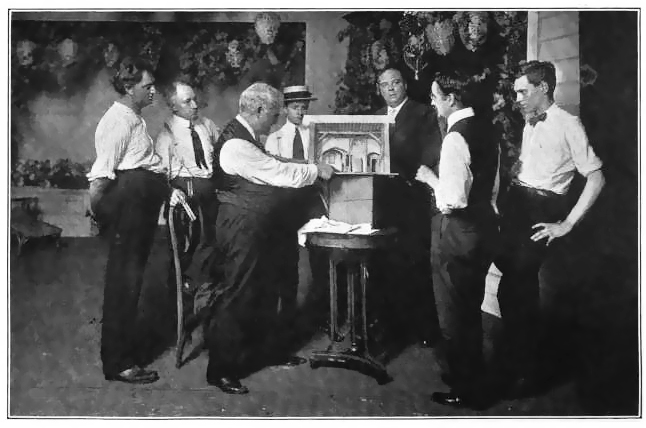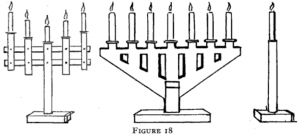I’ve been posting some excerpts of prop mishaps from a 1919 New York Times article titled, “When Prop or Player Fails†(here and here). Since they were so entertaining, I thought I would post a final duet of tales from that article:
Franklyn Ardell’s talent for comedy turned a stage wait in “The Crowded Hour” the other night into the biggest laugh of the performance. The climax of the third act is reached when a bomb from an airplane strikes the house in which Jane Cowl, frantically operating a telephone switchboard, is trying to save a division threatened with destruction. At the time Miss Cowl is calling Soissons on the telephone, and the word is the cue for the bomb explosion and the collapse of the house. On this night, as she called “Soissons!” the bomb exploded, but the house failed to collapse. Miss Cowl waited an agonizing second, and then again called “Soissons!” Again a wait, and as she was about to call a third time the voice of Ardell could be clearly heard all over the house. “Never mind Soissons!” he whispered. “Call ’em up back stage and find out what in blazes is the matter.”…
A slip which was the fault of no one in particular took place some years ago at a performance of “Madame Sans-Gêne” in Scranton. The scene of the first act was a kitchen, or perhaps a laundry, and Kathryn Kidder, in the leading role, was lifting red hot irons from a presumably red hot stove. So hot was the stove, in fact, that Miss Kidder was applying a tentative finger to each iron as she lifted it, and indicating as she withdrew it that the stove was hot indeed. In the midst of the scene, however, the theatre cat chose to stroll out upon the stage, and, as luck would have it, elected to climb up on the supposedly hot stove. And there it calmly sat, licking its paws in lazy comfort. The audience gave way to uncontrolled merriment, and the entire act went for naught.
Originally published in The New York Times, January 12, 1919. “When Prop or Player Failsâ€, author unknown.






